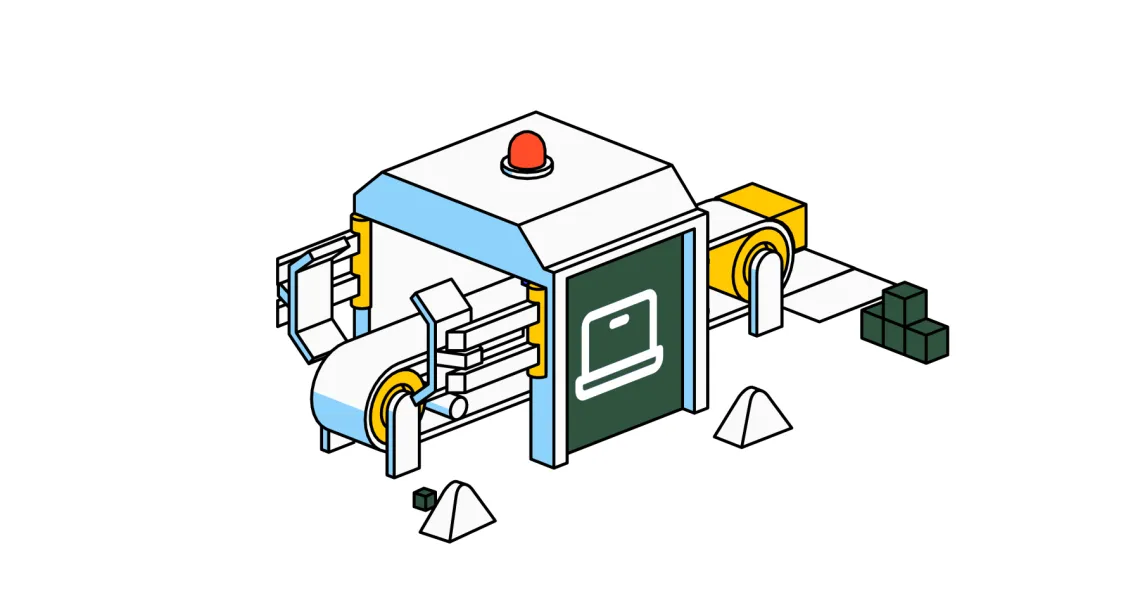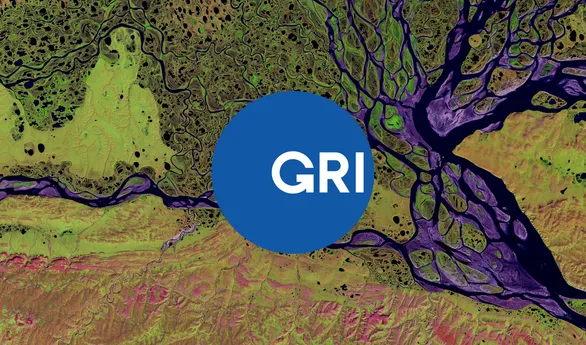La pratique historique de la compensation volontaire du carbone n'est pas en phase avec les recommandations des économistes du climat concernant la fixation du prix du carbone.
Initialement, les crédits carbone ont été créés pour compenser les émissions d’une organisation qui dépassait un seuil autorisé. Leur usage était donc contraint par un budget d’émissions déterminé dans le cadre d’un marché du carbone de type ETS (Emission Trading Scheme).
A l’inverse, l’usage volontaire des crédits carbone, c’est-à-dire hors contrainte réglementaire, s’est développé sans cadre strict. La seule contrainte est celle du montant financier que veut bien dépenser l’entreprise pour acheter des crédits carbone. Ce manque de régulation induit un recours sans limite à la compensation carbone et déconnecte l’entreprise de ses contraintes en matière de réduction d’émissions. Ainsi, même si les émissions d’une entreprise augmentent, elle peut toujours s’acheter une “neutralité carbone”.
Lorsqu'une entreprise décide de compenser ses émissions, elle le fait en fonction de deux variables: le périmètre des émissions à “annuler” et le budget financier disponible. Ce dernier est généralement défini par l'ampleur et la santé de ses finances quand au périmètre d’émissions, il est trop souvent dicté par les tendances marketing.
Cette pratique traditionnelle génère trois types de risques.
1. Risque stratégique: Un modèle sans grand impact
Le prix d'un crédit carbone est basé sur le modèle économique du projet dont il est issu. Pour obtenir ce prix, tous les coûts directs et indirects nécessaires à la réduction ou à l’absorption d'une tonne de CO2 sont additionnés, puis divisés par la quantité de crédits carbone générés. Cela signifie qu'un crédit carbone n'est pas un signal-prix incitant à réduire les émissions à la source. Il reflète le coût de la réduction d'une tonne de CO2, et non la valeur des dommages causés par l'émission d'une tonne de carbone.
Le problème de ce système volontaire est que les entreprises fixent le prix des crédits de carbone en fonction de leurs propres exigences, s’éloignant ainsi des réels besoins du projet et limitant son impact et son potentiel développement.
2. Risque financier: À la merci des marchés carbone
Rares sont les entreprises qui renoncent à leur neutralité carbone une fois qu’elles l’ont revendiqué haut et fort. Pourtant, en s’autoproclamant “neutres”, les entreprises deviennent vulnérables aux fluctuations du marché, tant vis-à-vis des prix des crédits carbone que de leur disponibilité. Elles doivent en effet acquérir à vie un certain volume de crédits carbone quelque soit l’évolution de son prix.
Comme le prix des crédits carbone devrait plus que doubler d'ici à 2030, une entreprise verra son budget augmenter, ce qui fait de la neutralité carbone une menace pour sa santé financière.
3. Risque de réputation: Piégé par les allégations de neutralité carbone
Dictée par un volume d’émissions à compenser et par un prix contraint du crédit carbone, la composition du portefeuille de projets est grandement limitée. La situation est encore plus délicate si l’entreprise est engagée sur un objectif de neutralité carbone intégrale.
L’entreprise est donc contrainte de choisir des projets qui correspondent à son budget et à la quantité de CO₂ à compenser, moins aux besoins réels des pays dans lesquels les projets sont mis en œuvre. De l'autre côté, les développeurs sont contraints de vendre les crédits carbone à un prix plus bas – ce qui réduit leur capacité à développer des projets durables à long terme.
Enfermée dans des revendications de neutralité carbone, associée à des projets à bas coût, aux co-bénéfices limités et sans lien avec le cœur d’activité de l’entreprise, le risque de réputation est important. Pire, la démarche peut générer frustration et incompréhension des équipes et des directions qui voient partir des millions sans entrevoir les bénéfices concrets pour leur entreprise.
En résumé, la pratique historique des entreprises en matière de compensation carbone ne favorise ni la maîtrise des coûts, ni l’adhésion des parties prenantes et encore moins la réduction des émissions à la source.
Ce n’est pas une raison pour y renoncer. Les crédits carbone sont une source de financement sur laquelle de nombreux pays comptent pour atteindre leurs objectifs de neutralité carbone et de développement durable. Un mécanisme capable de faciliter une transition juste en participant à l’objectif les 100 milliards de dollars par an scellés par l’accord de Paris (article 15). Chaque entreprise doit contribuer à la neutralité carbone, à hauteur de ses moyens, en lien avec son secteur et sa stratégie climatique et sans avoir peur des risques de réputation.
Pour ce faire, Sweep propose une méthodologie inspirée du Blueprint for Corporate Action on Climate and Nature du Boston Consulting Group (BCG) et du World Wide Fund for Nature (WWF), afin que les entreprises puissent faire des crédits carbone un avantage compétitif et démontrer un véritable engagement dans la lutte contre le changement climatique.
A retenir
-
L'utilisation traditionnelle des crédits carbone comporte des risques stratégiques, financiers et de réputation
-
Les crédits carbone sont nécessaires pour faire progresser la justice climatique et atteindre les objectifs mondiaux de décarbonation
-
Sweep a développé une méthodologie pour aider l’entreprise à atténuer ces risques et faire des crédits carbone un avantage compétitif dans une stratégie climatique
_8vMGC.webp)


_Z2vEqfJ.webp)




